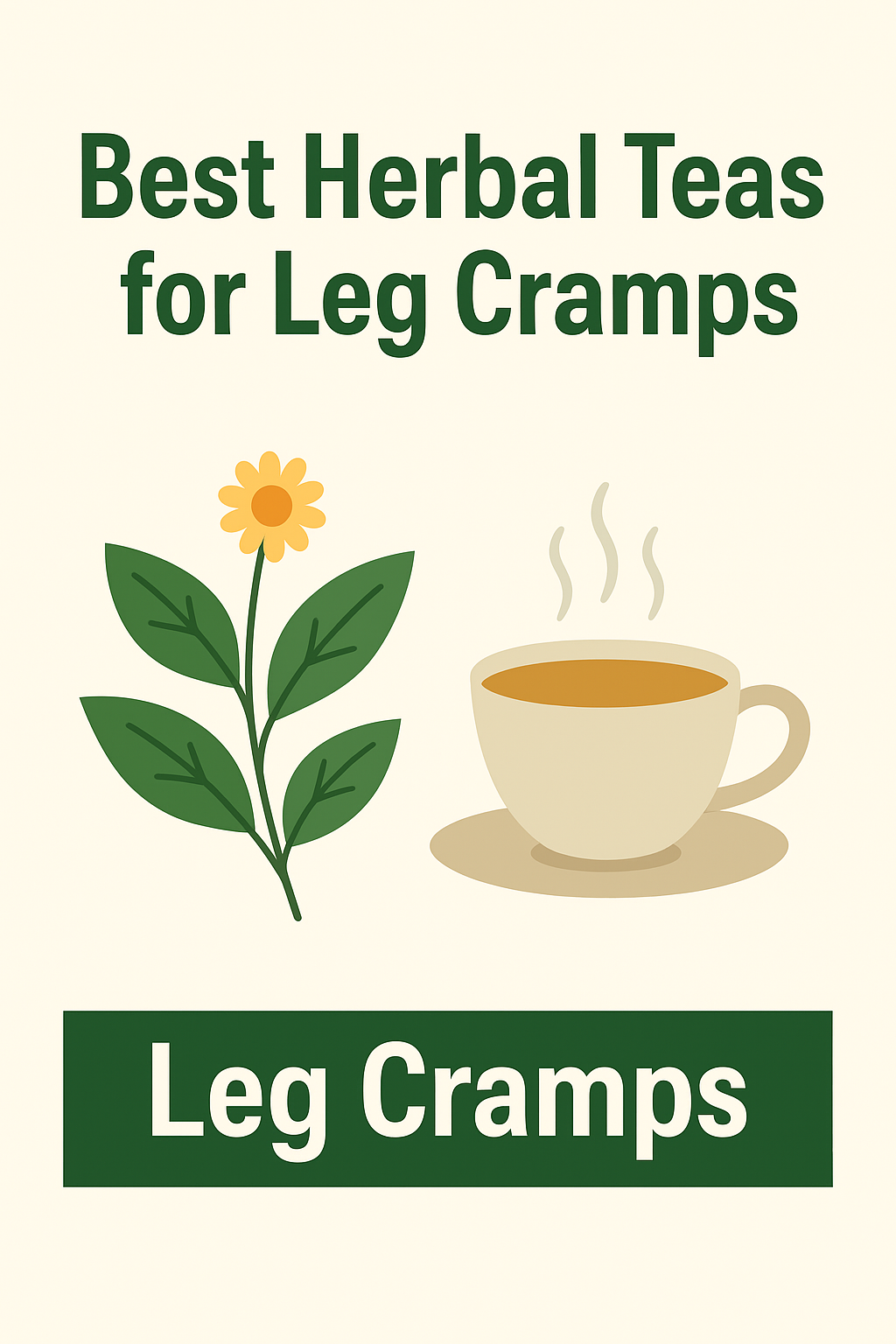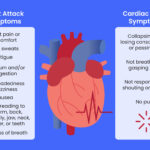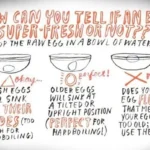Cardiac arrest, heart attack, and stroke are three serious medical emergencies that can affect anyone, often without warning. While they are sometimes confused with one another, they are very different conditions with unique causes, symptoms, and risk factors.
Understanding the distinctions — and knowing which risk factors can be prevented or managed — can make a huge difference in protecting your health.
What Is Cardiac Arrest? – A Problem in the Heart’s Electrical System
Cardiac arrest occurs when the heart suddenly stops beating due to a malfunction in its electrical system. This leads to arrhythmia (irregular heartbeat) or complete loss of heart function.
- Why it’s dangerous: Without the heart pumping blood, oxygen supply to the brain and other vital organs stops, leading to death within minutes if treatment is not given.
- Warning signs: Gasping, no breathing, and sudden unresponsiveness.
- Statistics: In the U.S., about 360,000 cardiac arrests occur outside hospitals each year.
- Risk factors: Age, family history, coronary artery disease, arrhythmias, smoking, drug or alcohol abuse, and gender.
What Is a Heart Attack? – A Blood Supply Problem to the Heart
A heart attack (myocardial infarction) happens when blood flow to part of the heart muscle is blocked, usually by plaque buildup, cholesterol deposits, or a blood clot.
- Why it’s dangerous: Without oxygen, parts of the heart muscle are damaged. The longer treatment is delayed, the more severe the damage becomes.
- Symptoms: Chest pressure or tightness, pain radiating to the arm, shoulder, back, or jaw, shortness of breath, cold sweats, nausea, or anxiety. Women may have milder or even “silent” symptoms.
- Key difference from cardiac arrest: The heart usually does not stop beating during a heart attack.
- Risk factors: Age, high blood pressure, diabetes, obesity, poor diet, stress, sedentary lifestyle, family history, and smoking.
What Is a Stroke? – An Interruption of Blood Flow to the Brain
A stroke occurs when blood supply to the brain is interrupted or severely reduced, depriving brain tissue of oxygen.
- Causes: Most strokes are ischemic, triggered by a blood clot blocking a brain artery. Others are hemorrhagic, caused by a ruptured or leaking blood vessel in the brain.
- Why it’s dangerous: Brain cells begin to die within minutes, making stroke a leading cause of serious long-term disability in the U.S.
- Symptoms: Sudden severe headache, dizziness, loss of balance or coordination, confusion, slurred speech, and numbness or weakness on one side of the body or face.
- Risk factors: High blood pressure, diabetes, smoking, obesity, alcohol use, blood disorders, family history, race, and prior strokes or TIAs (mini-strokes).
Key Takeaway
Although cardiac arrest, heart attack, and stroke are different conditions, they share many risk factors such as high blood pressure, smoking, obesity, diabetes, and poor lifestyle habits. The good news is that many of these risks can be reduced through healthy diet choices, regular exercise, stress management, and routine medical checkups.
Recognizing the warning signs early and seeking immediate medical help can save lives and prevent lasting complications.







